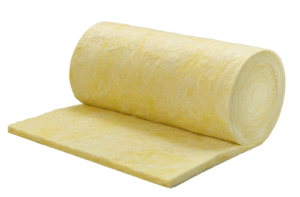Helpful Tips for Checking Insulation Levels
Your home’s insulation level should be up to today’s recommended standards. Inadequate insulation lowers your comfort level and makes your HVAC system work harder. Fortunately, you can do some easy checks to determine your insulation levels.
Checking the Attic Insulation Level
You’ll need a flashlight, tape measure, dust mask, hard hat or cap, safety glasses and gloves.
- Check whether your attic insulation is below, level with or above the floor joists. If you can’t see the joists because of the insulation being above them, you probably have adequate insulation. If the insulation is below or level with the floor joists, you’ll need to add more.
- Alternatively, read the R-value written on your existing insulation material or measure its depth with a measuring tape.
- Next, use an online insulation calculator to get the total R-value or multiply the depth with the appropriate number depending on the insulation material in your attic.
- Compare your insulation’s R-value with the recommended levels. If it’s less, you’ll need to add more insulation. The Department of Energy recommends the homes in our area to add R30 to R60 to uninsulated attics, R25 to R28 to attics with existing 3 to 4 inches of insulation, and R13 to R19 to uninsulated crawl spaces or basements.
Checking the Wall Insulation Level
- Shut off the power to an electrical outlet.
- Remove the outlet’s cover and check the crack surrounding the outlet box using a flashlight. You’ll see if the wall has any insulation and probably the insulation’s thickness.
- Determine the type of insulation material by pulling out a small portion from the wall.
- Check the outlets on the other floors and the new and old parts of your home to determine if they’re insulated.
Installing many types of insulation requires specialized knowledge and equipment. If you discover you need to add more insulation to your home or seal air leaks, it’s best to contact an HVAC professional. The experts at NisAir Air Conditioning and Heating are happy to help you with air sealing and increasing your home’s insulation level. We serve the Indian River, Martin, and Palm Beach counties.

